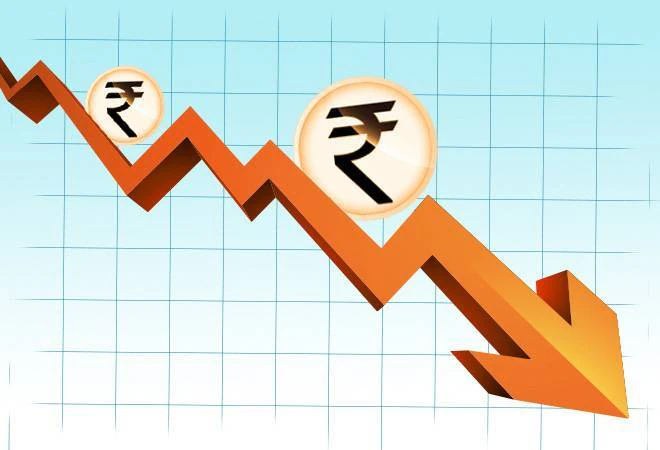Font size:
Print
India’s First Biannual Transparency Report (BTR) Submission
Context:
India is in the final stages of submitting its first Biannual Transparency Report (BTR) to the United Nations Framework Convention on Climate Change (UNFCCC). This submission is part of India’s commitment under the Paris Agreement (COP-21, 2015).
- The report will be subject to independent technical review by non-Indian, UNFCCC-accredited experts.
- Data up to 2022 will be included, likely reflecting a post-COVID rise in emissions.
About Biennial Update Reports (BURs) and India’s Progress
- BURs are periodic reports submitted by developing countries to the UNFCCC.
- They provide updates on GHG inventories, mitigation actions, constraints, and financial/technological needs.
- India has submitted four BURs till now:
- 1st BUR (2015)
- 2nd BUR (2018)
- 3rd BUR (2021)
- 4th BUR (December 30, 2024)
- BUR-4 included India’s GHG inventory for 2020, national circumstances, and mitigation strategies.
Need for BTRs and Their Impact
- Enhancing Transparency: Strengthens global climate accountability and ensures all nations report emissions in a uniform format.
- Strengthening India’s Climate Commitments: Aligns with India’s Nationally Determined Contributions (NDCs).
- International Credibility: Demonstrates India’s commitment to sustainable development and climate action.
- Data-Driven Policy Making: Facilitates better climate policy formulation based on an accurate emissions inventory.
- Financial and Technological Support: Strengthens India’s case for climate finance and technology transfer from developed nations.
India’s Current Progress on NDC Targets
- GHG Emission Reduction: India’s total emissions in 2020 fell by 7.93% compared to 2019.
- Emission Intensity Reduction: Between 2005 and 2020, India’s emission intensity of GDP reduced by 36%.
- Renewable Energy Expansion: As of October 2024:
- 46.52% of total installed electricity capacity is from non-fossil sources.
- Total renewable power installed capacity (excluding large hydropower) reached 156.25 GW.
- Carbon Sink Enhancement:
- 2.29 billion tonnes of CO2 equivalent additional carbon sink created between 2005 and 2021.
- Forest and tree cover currently stands at 25.17% of total geographical area.
Challenges and Way Forward in meeting NDC target
- Post-COVID Emissions Surge: The BTR may reflect increased emissions due to post-pandemic economic recovery.
- Data Accuracy and Verification: Ensuring transparent, verifiable GHG inventory data is crucial.
- Financial Constraints: Requires significant investment in green technologies and infrastructure.
- Balancing Growth and Climate Action: India must ensure sustainable economic growth while meeting climate targets.
- International Cooperation: Enhanced climate finance, capacity-building, and technology transfer will be key.


